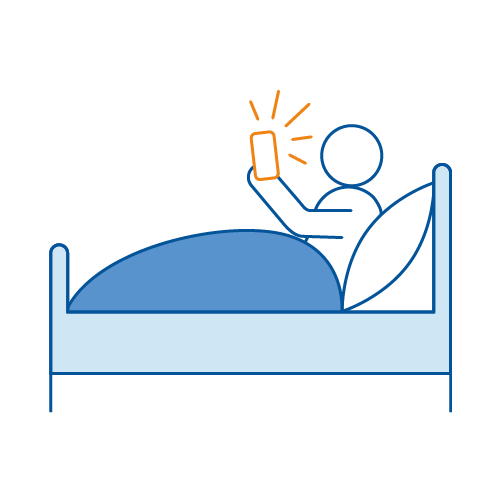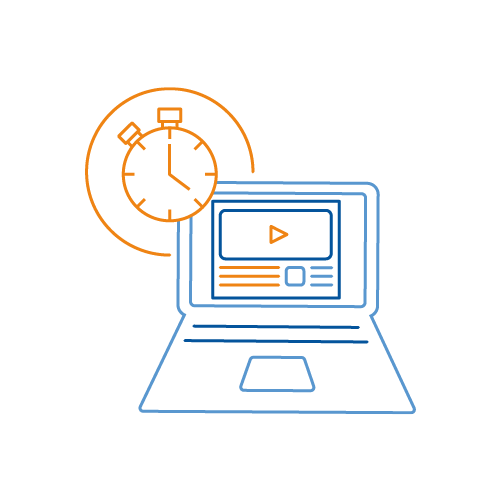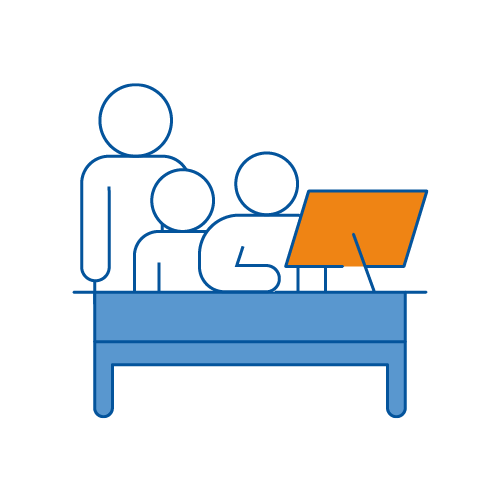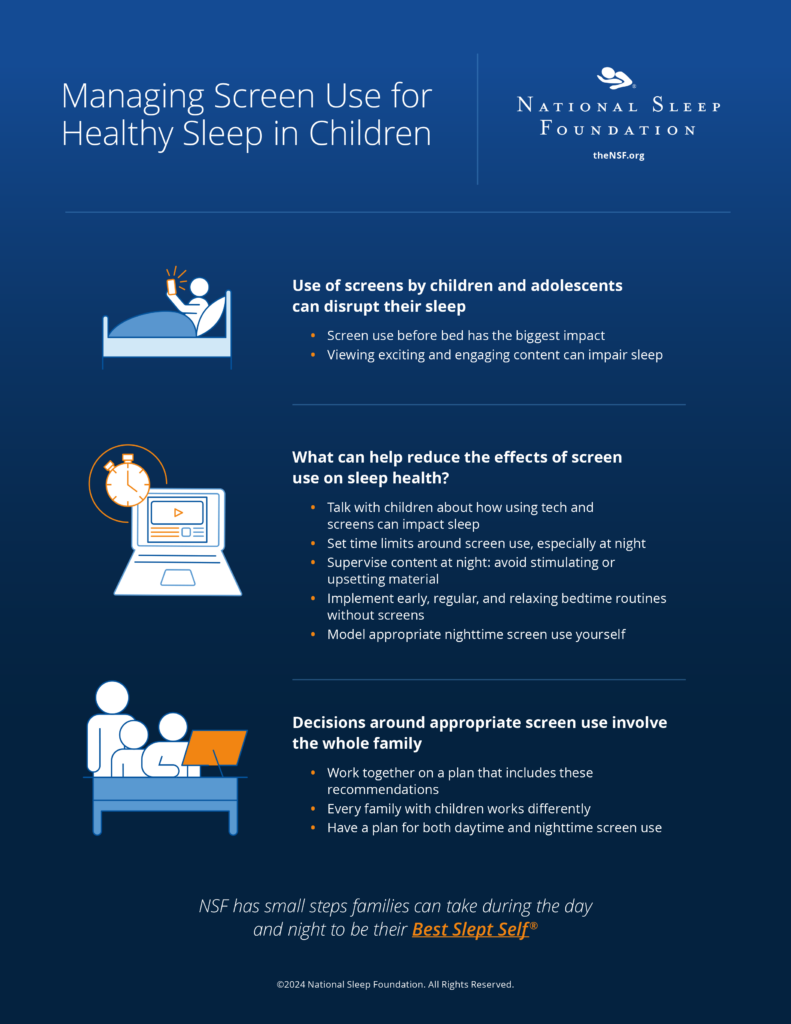When to Put Devices to Bed

Technology is a great tool to help keep us informed, connected, and entertained. These days, it sometimes feels like we have an electronic device permanently attached to our bodies given how often we spend time scrolling, searching, watching, playing, and posting. Unfortunately, there can be unwanted effects of electronic use: screen time, especially at night, can disrupt sleep in kids and teens.

The use of screens by children and adolescents can disrupt sleep.
Sleep is an essential process our brain and body use to recharge and recover, this is especially true for children and teens, who are undergoing rapid growth and daily development. Children and teens need anywhere between 8 and 13 hours of sleep a night depending on their age. But, screen use, especially exciting and engaging content before bed, can negatively impact the quality and quantity of children’s sleep.
NSF convened an expert group of researchers to develop consensus guidelines for screen use and sleep. We found that screen use across the day can impair sleep health for both children and teens, but that viewing content before bed was particularly bad for sleep. The good news is, that there are things your family can do to help lessen some negative effects of screen use on sleep.

What can help reduce the effects of screen use on sleep health?
Here are some things you can do to reduce the problems screen use may cause for children’s sleep:
- Talk with children about how using tech and screens can impact sleep
- Set time limits around screen use, especially at night
- Supervise content at night: avoid stimulating or upsetting material
- Implement early, regular, and relaxing bedtime routines without screens
- Model appropriate nighttime screen use yourself

Decisions around appropriate screen use involve the whole family.
When it comes to the use of technology and screens, every family is unique and knows what will fit best for their own dynamics. Deciding how and when screens are used in the home is an important part of helping everyone in the family prioritize their sleep health.
Appropriate screen use is just one part of healthy sleep. Be sure to check out NSF’s Best Slept Self® tips to learn how you can make small changes to daytime and nighttime activities and improve sleep health.
Making small changes to your family’s routine during the day and night, including how and when screens are used, can help everyone get the sleep they need to be their Best Slept Self®.
Manage Screen Use for Healthy Sleep in Children
Learn more about screen use and ways to improve your child’s sleep health.



